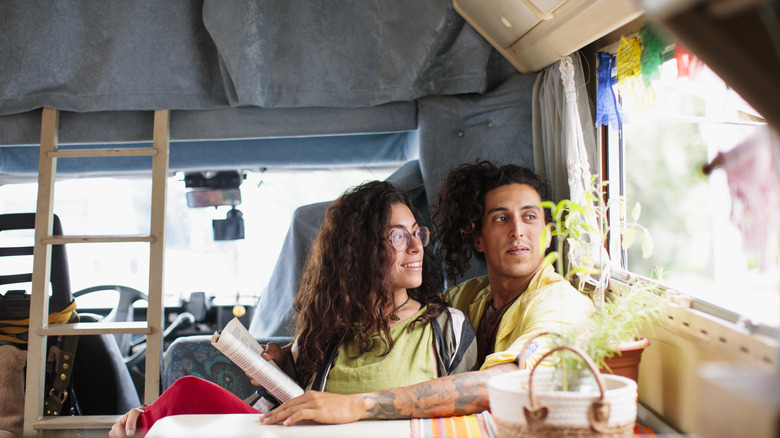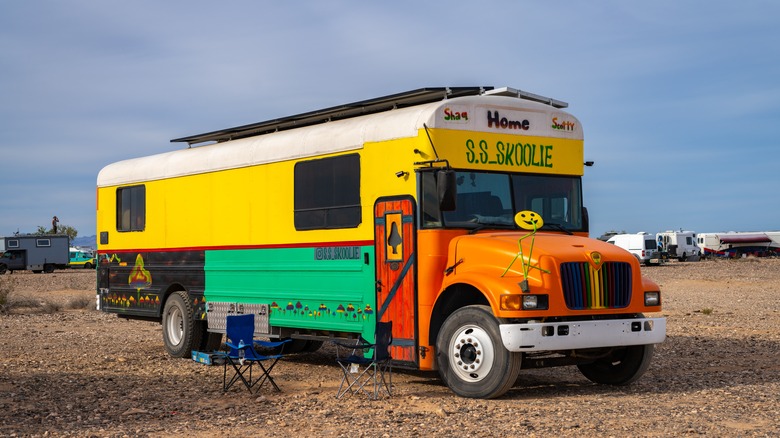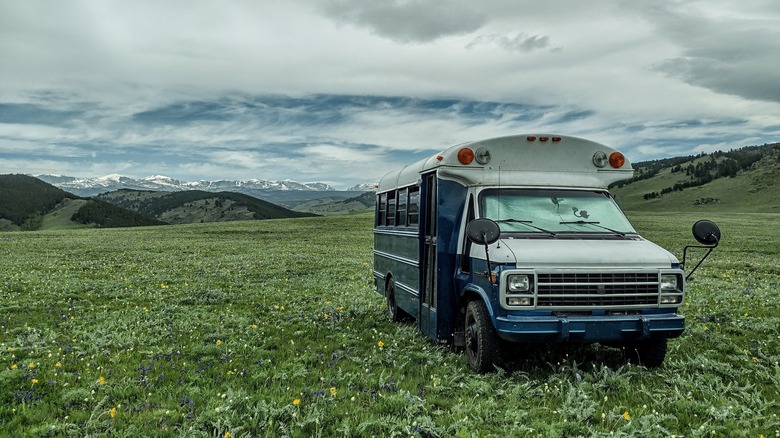This Challenging DIY Camper Offers A Unique Travel Experience Some RVers Swear By
Life on the road has captured the attention of many dreamers, free spirits, and unconventionalists. This popular lifestyle trend, where people trade traditional homes and apartments for RVs, vans, and other mobile dwellings on wheels, has surged in popularity — especially since the COVID-19 pandemic. With remote work freeing people from fixed locations, many have sought the freedom of the road, open spaces, fresh air, and a break from the traditional nine-to-five. According to Statista, the number of Americans embracing van life grew by about 63% from 2020 to 2022, rising from 1.9 million to 3.1 million. This lifestyle appeals to a diverse crowd, from digital nomads and seasonal workers to retirees and people looking to escape the daily grind of the American workforce. For many, it is a way to lower living costs, explore natural places, or follow their passions across the country, all while bringing the comforts of home.
Among the many vehicles adapted for this lifestyle, the skoolie, a converted school bus, stands out as a unique choice that some RVers embrace. Unlike compact vans or factory-made RVs, skoolies offer a rugged and extremely customizable alternative. Typically ranging from 20-40 feet in length, these buses are gutted and transformed into cozy mobile homes. Owners swear by them for their spaciousness, relative affordability, and the creative freedom of customization. Building a skoolie is a labor of love and often requires a significant amount of time, skills, determination, and effort, but the results are well worth it.
Building your home on wheels: skoolie essentials
Any skoolie owner will tell you straight up, converting a school bus into a living space is no easy feat. The build begins with a retired bus, which can cost anywhere from $4,000 to $30,000. The conversion process is where the true investment lies, both in the time and money spent. A DIY build may take six months or a few years, with the total cost of customization usually starting around $20,000 for a simple build. But it can easily become at least double that, depending on the materials and whether you do it all yourself or bring in some professionals. Vans often require folding beds or compact kitchens, but skoolies have enough space for full-sized beds, couches, dining tables, stoves, fridges, showers, and even "garages" for storage like bikes and camping gear. There are some easy and creative ways to make your RV feel like a home, but the opportunities are endless with a skoolie.
The build process is challenging and requires skills in plumbing, electrical, and carpentry, especially when navigating the bus's rounded ceilings. But the payoff is a home tailored to your unique preferences. "We've loved living in our skoolie and wouldn't trade it for anything else," says Kyle Nossaman, a full-time skoolie dweller featured on GearJunkie. Skoolies also shine off-grid, with solar panels and minimal utility needs, allowing owners to camp in free or low-cost sites rather than expensive RV parks. Most skoolie dwellers hold on to fewer possessions than they would in a house or apartment, yet this lifestyle is far from primitive.
Navigating rough roads: challenges of skoolie life
While skoolie living offers unparalleled freedom, it does come with its hurdles. The size of a bus can make parking tricky, especially in cities, limiting access to urban areas. Fuel efficiency is another concern, as skoolies average anywhere from 8 to 15 miles per gallon, making gas expenditure costly. Maintenance is a constant reality and a breakdown in a remote area can leave you stranded — repairs can also be expensive. The lifestyle requires organization, from finding water sources, laundromats, or safe places to park and lay your head at night. Life on the road can require daily effort for many small tasks. "You have to constantly plan," says Kristen Bor, a full time road lifer and blogger who has spent years traveling in various rigs.
Work can also provide another challenge, as it can be stressful to find seasonal or remote jobs. Travelers also need to consider possible disruptions caused by poor cell and internet service in national parks or rural areas. Living in a confined space, even one as roomy as a skoolie, can test relationships and personal resilience. And basic amenities like dishwashers and comforts like endless hot water are absent.
Safety is another big consideration, and you'll need to pack more than a few safety items for your next road trip. Parking in unfamiliar areas requires vigilance, and in some areas sleeping in your vehicle is banned. The skoolie life isn't as glamorous as some social media influencers make it look, but it is a deliberate choice to prioritize exploration over comfort, and a trade-off that many swear by.


